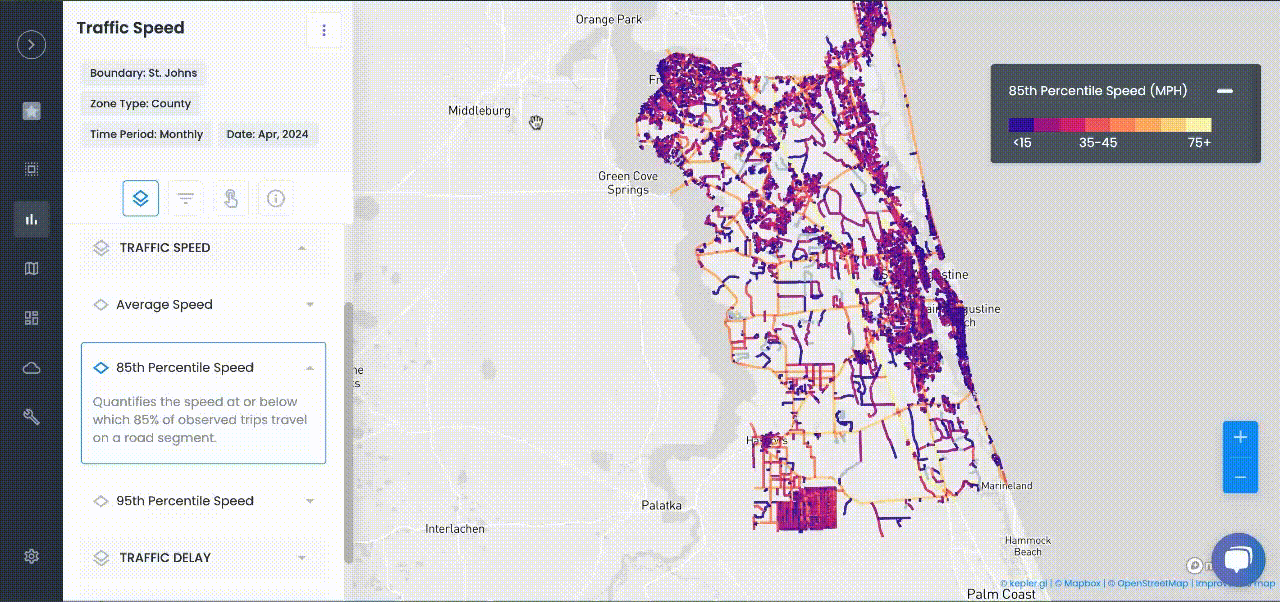
Traffic Calming
Sun Prairie Partners with Urban SDK to Help With Smart Growth
One of Wisconsin's fastest growing cities looks to Urban SDK to aid with smart growth.
One of Wisconsin's fastest growing cities looks to Urban SDK to aid with smart growth.
Urban SDK Partners with Sun Prairie
The City of Sun Prairie, Wisconsin has tabbed Urban SDK to help facilitate smart growth within the region.
While other larger cities around Wisconsin have seen some drop-off in population, the state's capital of Madison and its surrounding suburbs have shows a good deal of growth. This is certainly the case with Sun Prairie, which has experienced the state's 2nd largest population gain among cities having a population greater than 30,000.
"When we first spoke, officials at the City mentioned their growth and a need to managing requests for service using their current staff," said Urban SDK AVP of Revenue Micah Dickman. "We saw an immediate need to help officials across Public Works, Law Enforcement, and even the School District get a better handle on activities on their roadways."
Sun Prairie will use Urban SDK to view speeds on all their local roadways and quickly respond to concerned citizens.
"Our customers tend to see that upwards of 80-85% of complaints are invalid," said Dickman. "So in a place like Sun Prairie, we can help the team quickly evaluate which roads are truly an issue, without depleting the limited hours of their team."
Urban SDK's revolutionary traffic calming software enables officials to see roadway speeds and volumes for all local roads. This on-demand access provides an added layer of visibility that let's officials quickly respond to citizens while also determining roads that need calming devices or additional infrastructure.
About Urban SDK
Urban SDK provides State and Local Governments with a transportation system of record to monitor roadways and act more efficiently. Our software delivers speed and safety data on all local roadways, which helps officials quickly respond to public concerns, diagnose and prioritize at-risk roadways, measure the effectiveness of traffic calming initiatives, and then share their findings with citizens and councilmembers.

TRAFFIC ENFORCEMENT FEATURES
80% of citizen complaints
are a perception problem
Urban SDK provides precise hourly speed data to evaluate complaints and deploy resources efficiently for the greatest impact to public safety.
Urban SDK provides precise hourly speed data to evaluate complaints and deploy resources efficiently for the greatest impact to public safety.
Target Speeding
Identify hot spots, validate monthly speeding trends and monitor vulnerable areas like school zones.
Improve Safety
Crash and citations location information to compare speed trends month over month
Fast Response
Respond to citizen complaints sooner with address search and exportable reporting
Deploy Assets
Generate maps for traffic enforcement by time of day, location or division to deploy officers to known problem areas.
RESOURCES
Customer Success
See how public sector leaders succeed with Urban SDK.
WEBINAR
Identify speeding and proactively enforce issues
See just how quick and easy it is to identify speeding, address complaints, and deploy officers.







